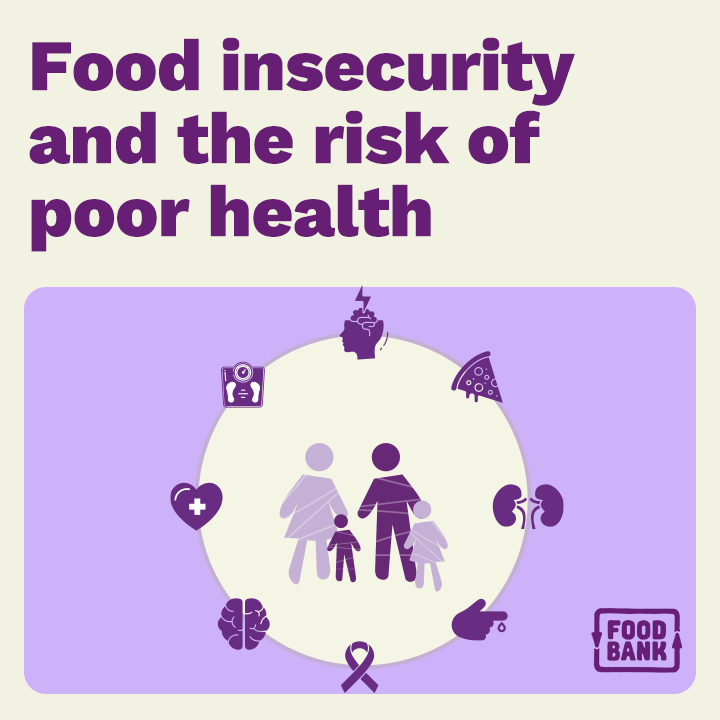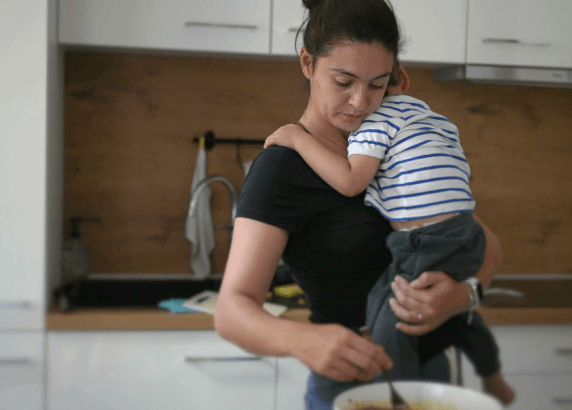Research & Reports
Here at Foodbank, we are the definitive source of information on food insecurity and food relief services in Australia. We conduct several surveys annually, including surveys of individuals experiencing food insecurity, charities providing food relief, and organisations donating food and groceries. We also maintain comprehensive statistics on our operations, including detailed data on the food and groceries we collect and distribute. We publish several reports throughout the year, all of which can be accessed here.
To view recent reports in a different state please select below

Western Australia Annual Impact Report 2024
We distributed over 9.2 million meals this year.
It remains our privilege to be there for those doing it tough, to listen to their stories, share their struggles and provide to ensure no family, household, person or child goes without.
Read about what we’ve achieved in 2024 for those in need all throughout Western Australia.

Food Insecurity and the Risk of Poor Health
Individuals experiencing food insecurity are more likely to have poor dietary habits.
A poor diet often consists of limited variety or lower-quality foods. This can mean not consuming enough fruits, vegetables, lean proteins, dairy products, or whole grains. It may also involve consuming an excess of processed foods high in unhealthy fats, sugars, and salt.

The Giving Pantry History Book
To the many good-hearted individuals, businesses, corporations, elected representatives and public servants who have assisted Foodbank WA in the delivery of hunger relief and nutrition education across the first 25 years of its history.
Written By Ken Spillman
 Contact us
Contact us Log in
Log in

